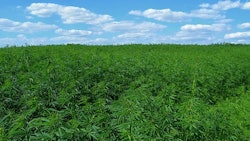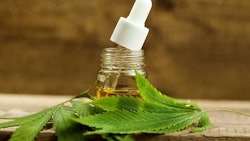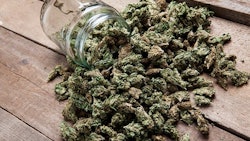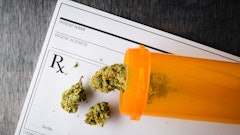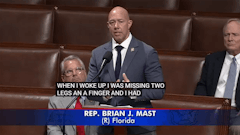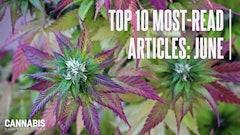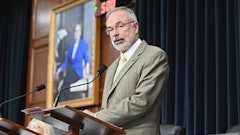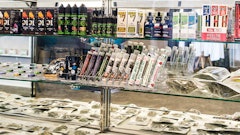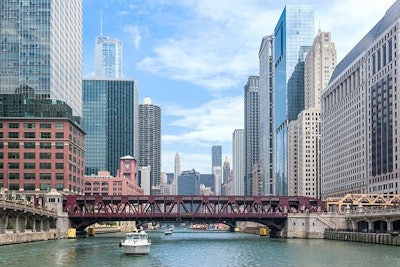
Illinois has issued licenses to seven more medical cannabis dispensaries that can sell to the adult-use market when sales launch Jan. 1, according to a Chicago Tribune report.
Columbia Care and Mission Illinois in Chicago, EarthMed in Addison, HCI Alternatives’ locations in Collinsville and Springfield, Herbal Remedies in Quincy, and Nature’s Treatment in Milan all received licenses Nov. 26, the news outlet reported.
The latest round of licensing brings the total to 29 licensed dispensaries that can serve the forthcoming adult-use market in the state, according to the Chicago Tribune, including six in Chicago.
There are 55 medical cannabis dispensaries in the state that were eligible to apply for adult-use retail licenses, and these businesses can also apply to open a second location, according to the news outlet.
Illinois’ cannabis law allows municipalities to ban adult-use cannabis sales within their jurisdictions, however, even if dispensaries in those locations receive a state license, and at least three of the 29 licensed dispensaries are in communities that have instituted bans, the Chicago Tribune reported.
RELATED: Illinois Cannabis Businesses Face Location Challenges Ahead of Adult-Use Market Launch
A zoning plan put forth by Chicago’s mayor has banned adult-use dispensaries in most of Chicago, for example, including along the Magnificent Mile.
Other municipalities have yet to decide whether to allow sales within their borders, the Chicago Tribune reported.







